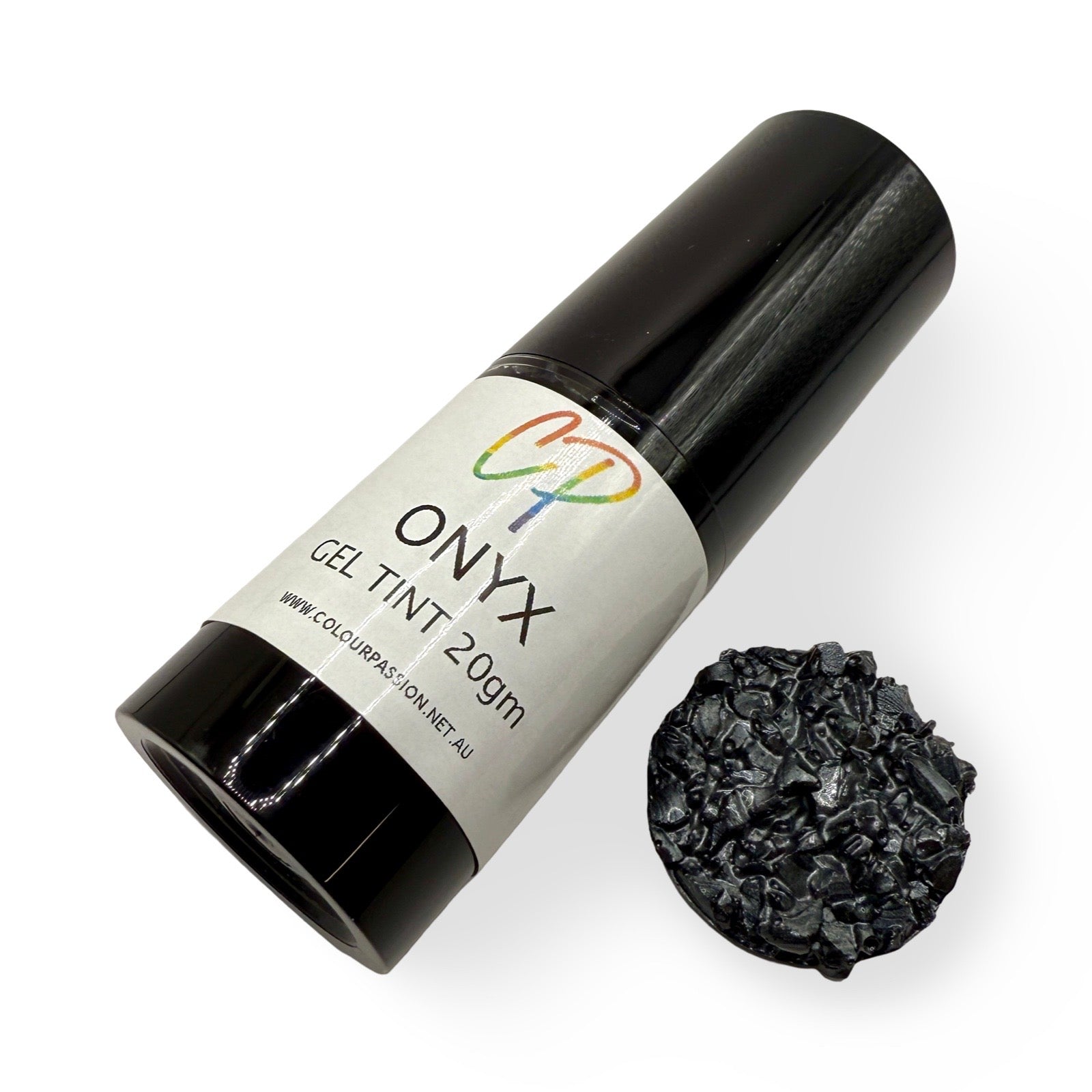How to Use EPOXY & COLORANTS TO MIMIC GRANITE, MARBLE, QUARTZ & OTHER FINE STONES
Explore the variety of styles and color recipes you can use to create your own DIY epoxy countertops, showers, flooring, art, and more. Follow along with one of our most popular color recipe tutorials below, and find even more inspiration on our Epoxy Color Technique Training playlist on YouTube.
more trending color techniques

mimic the look of black river soapstone

Mimic the look of natural earth tone granite







































